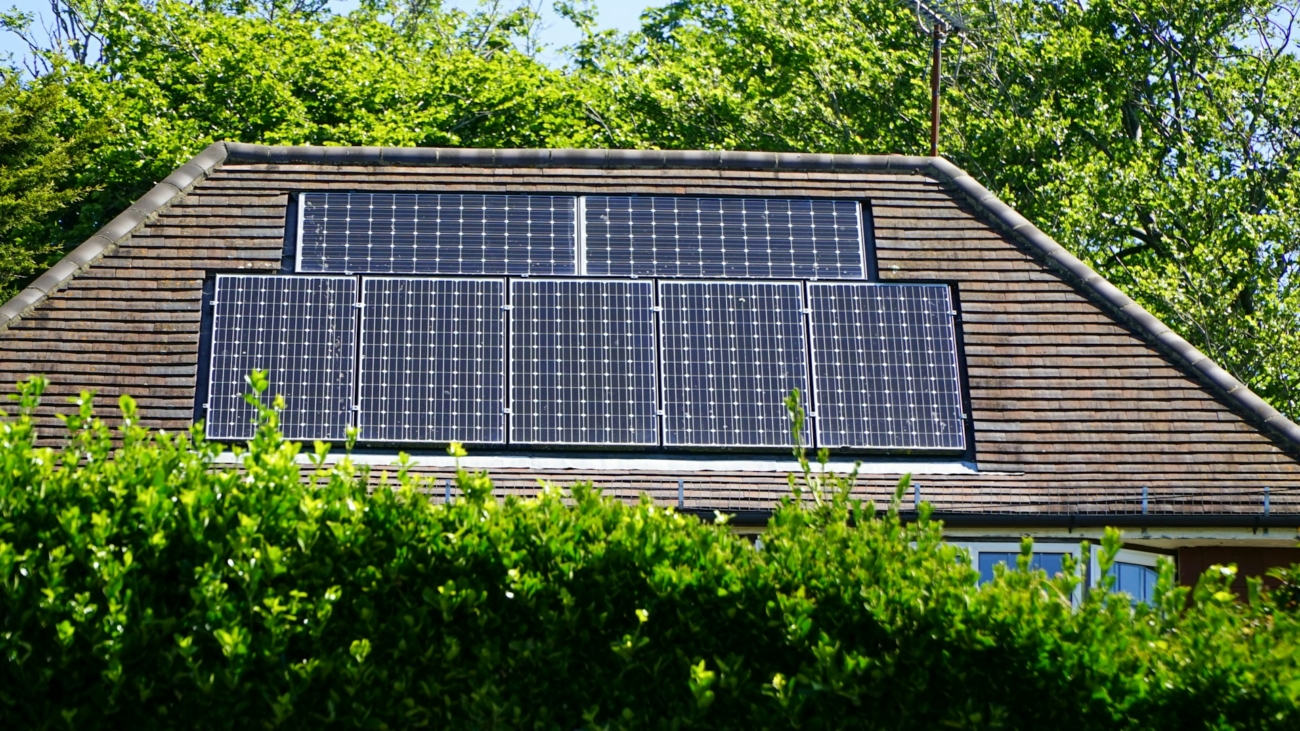Influence of Constant Sunlight on Solar Generation
The availability of constant sunlight is a crucial factor in the efficiency of solar power generation. Regions with higher solar irradiance, such as tropical and subtropical areas, have a natural advantage in generating solar energy. The consistency and intensity of sunlight directly impact the amount of electricity that can be produced. Solar panels in these regions can operate at higher capacities, resulting in more significant energy outputs compared to regions with less consistent sunlight.
In areas with less consistent sunlight, such as those with frequent cloud cover or higher latitudes, the efficiency of solar power generation can be lower. However, advancements in solar technology, including bifacial solar panels that capture light from both sides and solar tracking systems that follow the sun’s path, help mitigate these limitations and enhance energy capture.
Development of Better Solar Cells
The efficiency of solar cells is paramount in maximizing the energy harvested from sunlight. Solar cell efficiency refers to the percentage of solar energy converted into usable electrical energy. Current commercial solar cells have efficiencies ranging from 15% to 22%, but ongoing research aims to push these boundaries.
Several approaches can enhance solar cell efficiency:
- Material Innovation: Developing new materials, such as perovskites, which have shown potential for higher efficiencies compared to traditional silicon-based cells.
- Multi-Junction Cells: Utilizing multiple layers of solar cells, each designed to capture different wavelengths of light, thereby increasing overall efficiency.
- Surface Engineering: Enhancing the surface texture of solar cells to capture more light and reduce reflection losses.
- Quantum Dots: Incorporating quantum dots into solar cells to improve light absorption and conversion efficiencies.
Quality of Solar Power
The quality of solar power is a critical consideration, particularly as solar energy becomes a more significant part of the energy grid. Unlike traditional AC power generation, solar panels produce direct current (DC) power, which must be converted to alternating current (AC) for most practical applications. The quality of solar power can be assessed using several metrics:
- Power Factor: In AC systems, the power factor measures the efficiency of power usage. Since solar panels generate DC power, the power factor is not directly applicable until the power is converted to AC. High-quality inverters ensure that the converted AC power has a high power factor, minimizing reactive power and maximizing usable power.
- Total Harmonic Distortion (THD): This measures the distortion of the electrical waveform. High-quality inverters produce power with low THD, ensuring cleaner and more reliable power.
- Voltage Stability: The stability of the output voltage from solar panels and inverters is crucial for the reliable operation of electrical devices. High-quality systems maintain stable voltage levels even with fluctuating sunlight conditions.
- Energy Yield: The total amount of energy generated over a specific period, considering factors like shading, temperature, and panel orientation.
Regional Differences in Solar Power Quality
The quality of solar power can vary based on regional factors, primarily due to differences in sunlight intensity and consistency. For instance, solar power generated in a desert region with high, consistent sunlight is likely to have a higher energy yield and better quality metrics compared to power generated in a region with frequent cloud cover.
However, advanced technologies and optimized system designs can mitigate regional disparities. For example, in regions with less intense sunlight, using high-efficiency solar panels, solar tracking systems, and advanced inverters can ensure that the quality and reliability of solar power remain high.
Conclusion
Solar power is a vital component of the global transition to renewable energy. The efficiency and quality of solar power generation are influenced by the availability of sunlight, advancements in solar cell technology, and the quality metrics of the generated power. By focusing on material innovations, multi-junction cells, and advanced inverters, we can enhance the efficiency and quality of solar power, making it a reliable and sustainable energy source for all regions. As the adoption of solar energy continues to grow, ensuring high-quality power generation will be essential for meeting the world’s energy needs and advancing towards a greener future.

